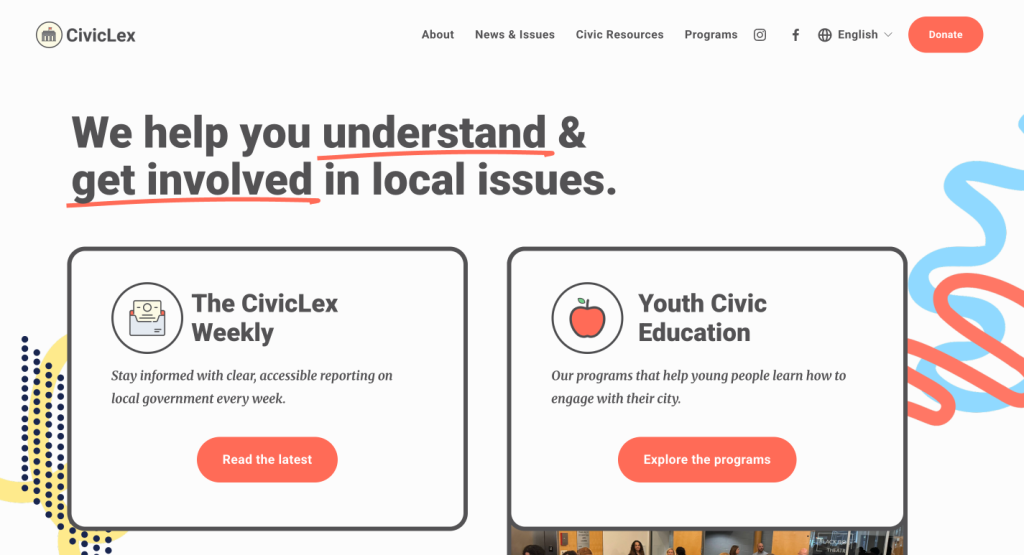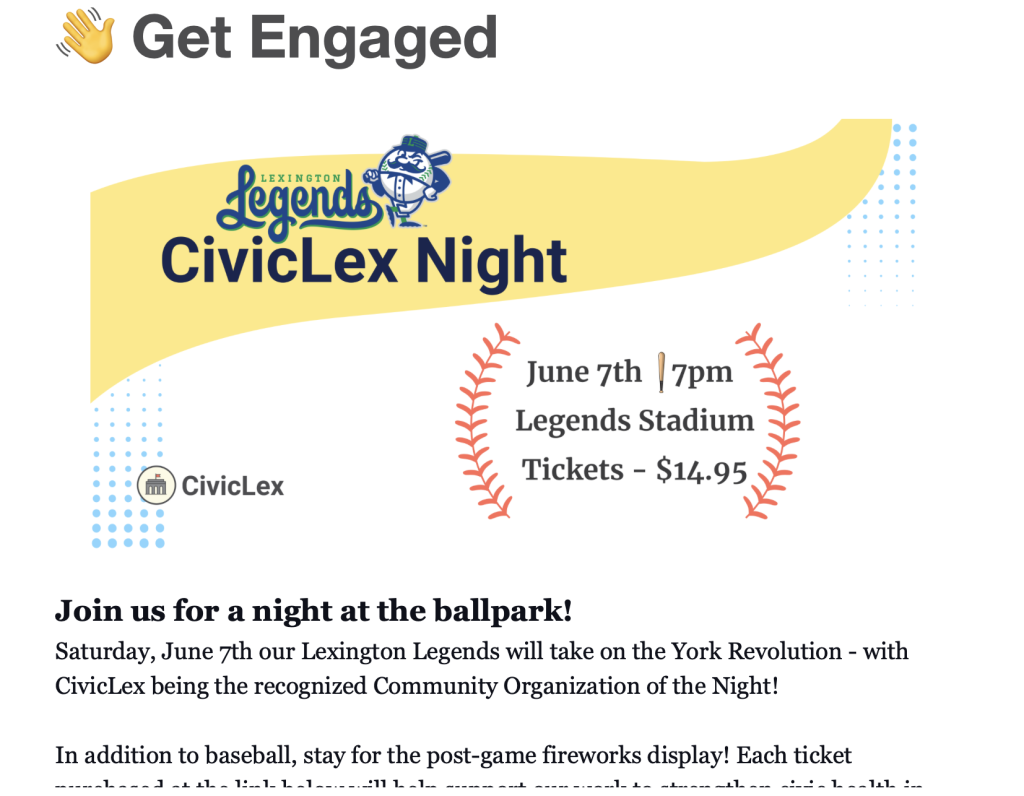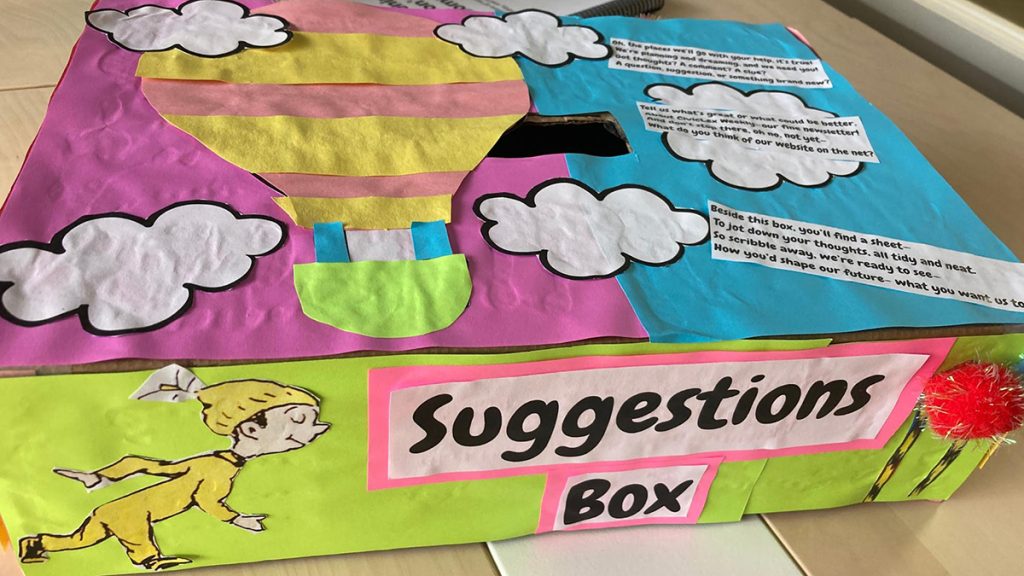
CivicLex created a suggestion box on the theme of “Oh, the Places You’ll Go” to connect with their future growth as an organization. Photo: Emily Lytle
From stickers to suggestion boxes, centering audience in your growth
CivicLex is relaunching its website and newsletter: Here’s how community engagement came first
Beyond covering local government news, the nonprofit CivicLex works to strengthen the civic health of Lexington through educational programming, collaborations with government agencies and other nonprofits, events and more.
But the organization wanted to do a pulse check: Does their audience see CivicLex’s identity in the same way they do? For two separate open house events, we worked with CivicLex to plan informative experiences and invited both members and newsletter subscribers to their office in Lexington, Kentucky, to help answer this question.
Understanding how their audience viewed CivicLex’s identity was especially important as they plan to redesign their website and reconsider the platforms where they deliver news.
Richard Young, founder and executive director, and Adrian Paul Bryant, civic information specialist, said these conversations played a critical role in shaping what this change looks like and how they communicate it to their audience. CivicLex staff are currently working on launching a new newsletter and will build on the redesigned homepage for additional new site options.
They said sustaining their community’s trust through these changes is dependent on having a clear message of who they are as an organization. And hearing directly from the community contributed to that.
The questions they asked — and making it fun
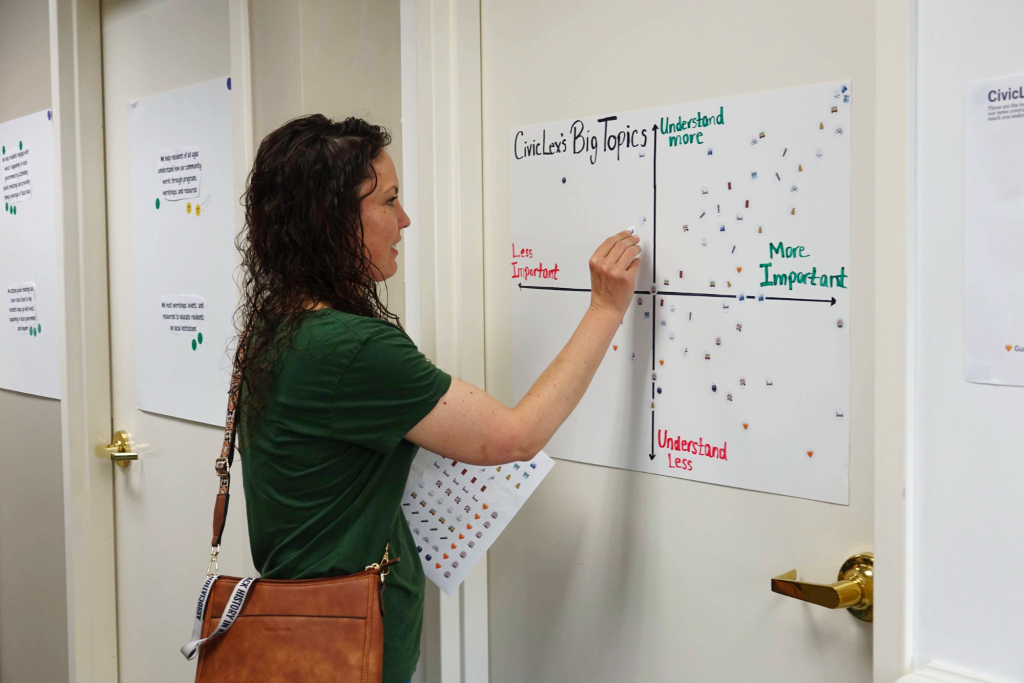
When people entered the space, CivicLex staff greeted them, offered food and snacks, and then directed them to the three set stations throughout the office:
Station 1: Language
Several posters included language that CivicLex staff use to describe their work and the organization. Haley Wartell, CivicLex’s communications manager, guided attendees to use emoji stickers to react to each statement based on how much they believed it reflected their understanding of the organization. They also took pens to the posters and edited some of that language.
One of the phrases was, “We help to create public spaces where residents can connect,” but someone mentioned that this made it sound like CivicLex was building spaces like parks or buildings. Others pointed out wonky words or areas where they could simplify language.
The emoji stickers were a big hit, and people also added context to why they felt a certain way.
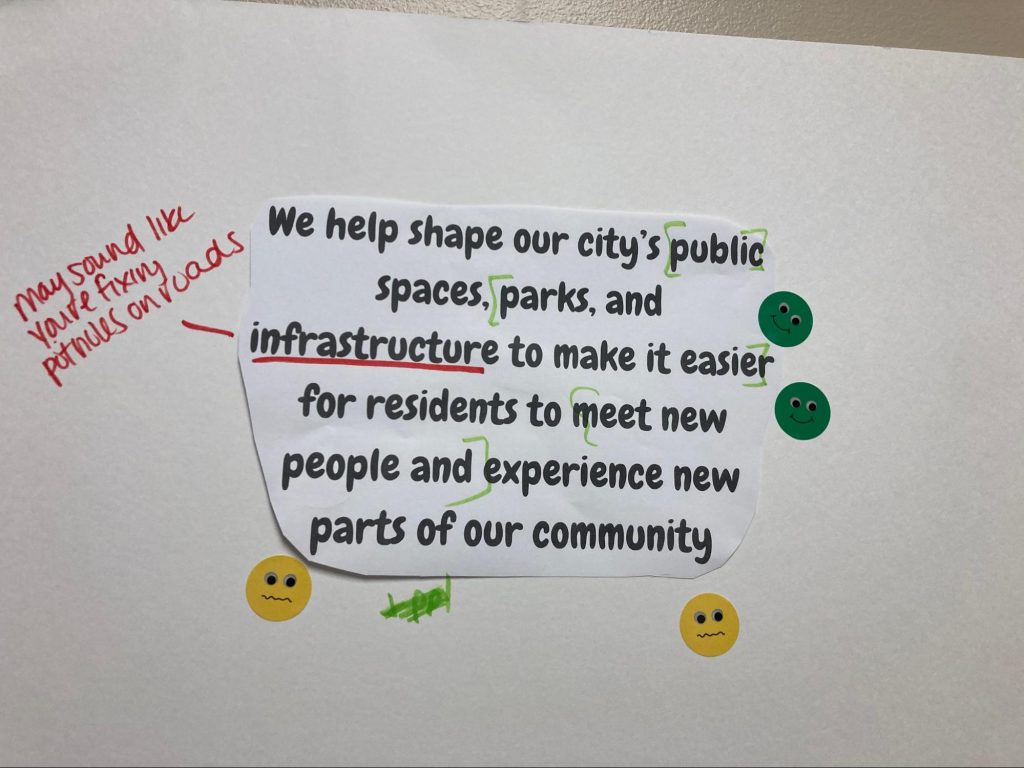
Station 2: Issues and content
As the lead on the news content side, Bryant wanted to check which of CivicLex’s “big issues” people wanted to learn more about. Attendees placed stickers with symbols that represented a variety of topics — from the comprehensive plan and city budget to public transportation and gun violence prevention — on a grid. This matrix gave them a scale of “less important” to “more important” and “understand less” to “understand more.”
Perhaps even more helpful was the second part of this station. Bryant used the tool Mentimeter, which offers a variety of interactive polls and online activities for meetings and presentations, to create a word cloud. The open-ended question was: What types of information do you want to know about Lexington’s biggest issues? It was helpful to start with some options like “major policy decisions” or “track campaign promises,” but people added their own, too. Multiple people said they wanted more information on how other cities compare with Lexington.
We designed this two-part format to understand not just content interests, which CivicLex has learned about in a previous information needs assessment, but also what that content will look like.
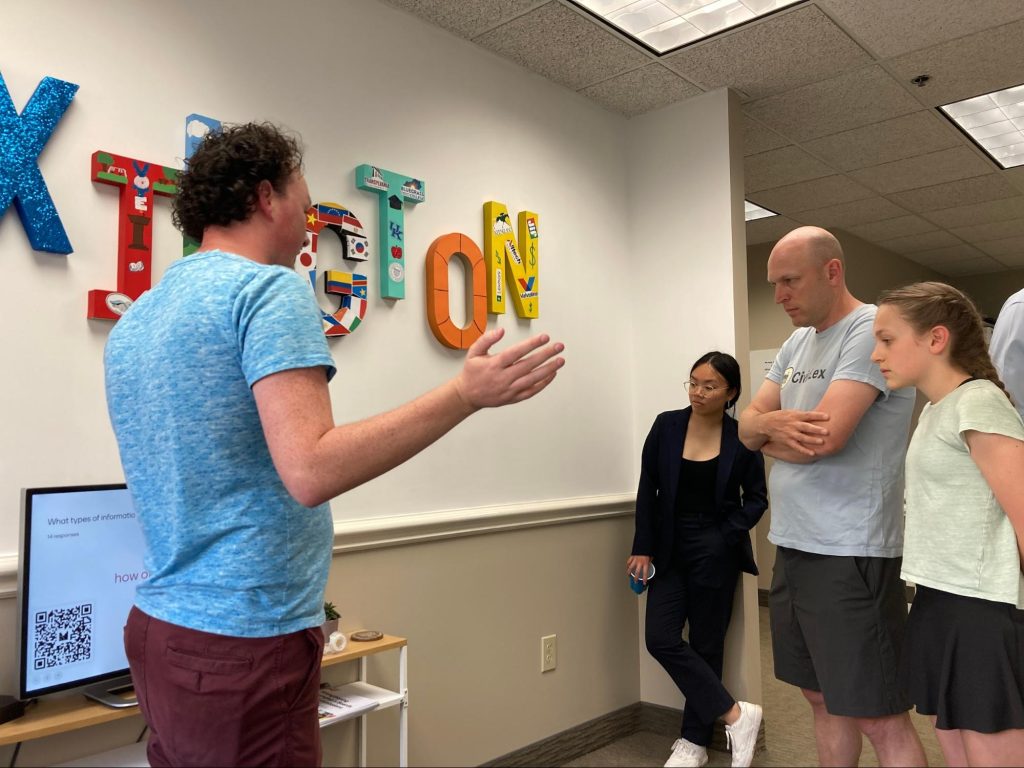
Station 3: Perceptions
Kit Anderson, deputy director, led conversations focused on how community members perceive CivicLex. What do they see as strengths? What could CivicLex do better? What do they know about their budget and how they work?
While we used posters and sticky notes to brainstorm, this was a more casual conversation with people, often chatting over food that CivicLex provided. This set up led to great conversations about how people engage with the current newsletter and where people see CivicLex growing. We also included a decorated suggestion box for any ideas people wanted to share.
In this station and the one focused on language, we recognized that we could ask fewer questions next time to simplify and provide more open space for conversations. Often the best insights arose when community members talked with one another and we just listened.
In addition to these three stations, Young also offered to chat with anyone 1-1 about the longer-term direction and vision for CivicLex.
How CivicLex is changing now
Young and Bryant said that one of the biggest takeaways from these events was adjusting how they talk about themselves as an organization. They realized that they can get caught up in the philosophy of their work and their mission, but they need to be able to break it down and clearly state who they are and what they do.
This lesson was a familiar one: Simpler is better.
So when they updated their website, they more prominently highlighted who they are and what they do; people won’t need to scroll to the bottom of the page to find their mission. At the engagement events, they heard that many people knew CivicLex as the newsletter where they learn about what’s happening in local government. Now, the hope is that the redesigned homepage makes it clearer that CivicLex includes a weekly newsletter, but it’s only one aspect of their work.
They also affirmed that most of their audience is finding them via the newsletter – and people like getting their news in that format. This helped guide their decision to take the “Get Engaged” section of the weekly newsletter and relaunch it as its own newsletter.
The goal of this new product is to emphasize CivicLex’s engagement efforts and relationship building. It will be a centralized place for people to find opportunities if they want to become a more engaged resident.
What’s next
We will continue to cheer on CivicLex as they reintroduce these new elements to their audience, using the community feedback as guidance for how they communicate these changes.
If you’re interested in connecting about this project or want to talk about doing something similar in your newsroom, please reach out to Innovation in Focus Editor, Emily Lytle, at lytle@rjionline.org.
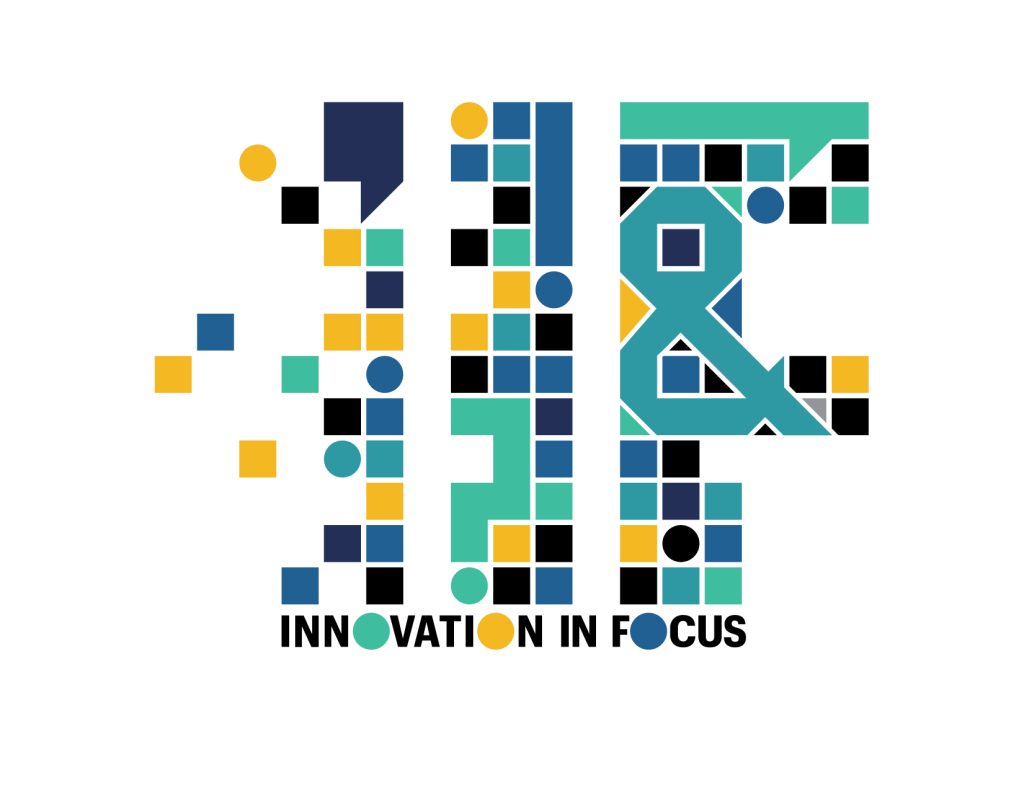
Cite this article
Lytle, Emily (2025, June 22). From stickers to suggestion boxes, centering audience in your growth. Reynolds Journalism Institute. Retrieved from: https://rjionline.org/news/from-stickers-to-suggestion-boxes-centering-audience-in-your-growth/

